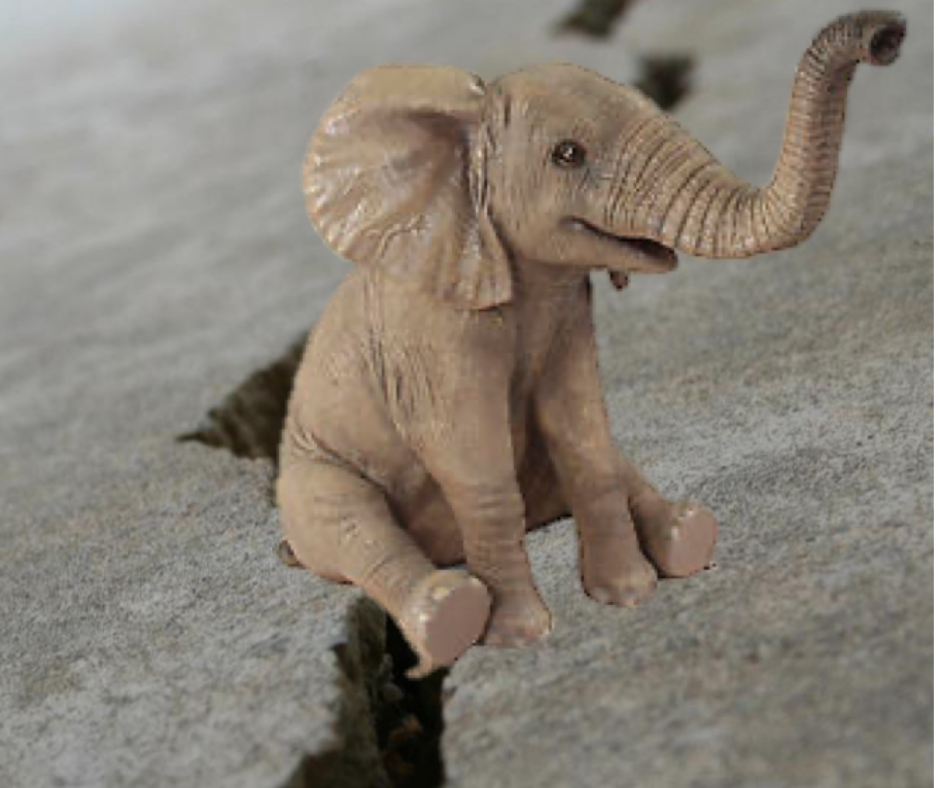This task can be thought of as either splitting hairs (since the startup is so new, who even knows if there’s anything real), or dividing the ocean (because its possibility is nearly endless). Alex Blumberg, in his Startup podcast from Gimlet Media, refers to this as “dividing an imaginary pie.” We were reminded of this challenge recently as several alumni have reached out to us for help with dividing their own pies. Their challenge wastrying to divide a piewhen they are still trying to figure out what kind of pie to bake, assembling the ingredients, and settling on a recipe.
Funding 101 for Startups
Starting a business requires navigating many kinds of uncertainties. Startups need to take many detailed steps, including: 1) Selecting a market, 2) Researching customers’ needs, 3) Picking a name, logo and domain name, 4) Creating a website, and 5) Starting to produce your offering and marketing it. In addition to time and effort, all of these steps take money. Every new business has to think about where it is going to get capital. When starting a business, the key is to get the kind of capital that matches the kind of business you are starting…
Six Startup Secrets We’ve Shared on Podcasts
Since The Titanic Effect: Successfully Navigating the Uncertainties that Sink Most Startups came out in June 2019, we’ve been fortunate to be a guest on a number of podcasts. If you’re interested in listening to these conversations, all of the links are on the Podcast page of the website. One thing that each podcaster does is look for sound bites in the discussion. These sound bites can become hooks in social media posts. They are a hook because there is truth that rings out through them. They are also little secrets, that “those in the know” only share occasionally with others. So we thought we’d share a few of these secrets with all of you.
What are the Pros and Cons of Startup Crowdfunding?
This week we got an update email from a Kickstarter project we backed in December 2016 – yes, three years and we are still waiting for the rewards. It was update #37 and here is what it said: “Until the last few weeks, we thought we were more likely than not to make product xyz (we blinded the product to protect its owner). This is no longer the case. There’s still a small chance we can do it, but we are less confident about that now.” So we thought we ought to address the pros and cons of crowdfunding campaigns…
Right-sizing Startup Funding
In 2013, Fred Wilson (AVC) of Union Square (US) Ventures asserted, based on their portfolio’s data, that “the amount of money a startup raised in seed and Series A funding was inversely correlated with success. “ That is, the more money a startup raises, the more likely it is to fail. Or the less money it raises, the more likely it is to succeed. At least, that’s the pattern supported by US Ventures’ data at the time.
CBInsights tested this assertion with their own data in 2013. They found “no relationship between the amount of money raised and success.” In other words, funding levels were not related to venture success or failure.
Many people assume that raising more money is better and that more success will follow raising more money. These studies suggest that it’s not about the total amount of money raised. It’s interesting that neither dataset supports the idea that more money = more success. It will take more time and data to know which is correct.
We would argue that the strategic question is not how much you can raise - it’s about raising the right money at the right time. Start with the questions: “Do you raise money at all? If so, how much and when?” Here are 3 tips for right-sizing your funding:
Startup Sales: Up and To the Right?
Every startup pitch has a slide that shows a future revenue or sales forecast. Can you guess what the overall shape of that revenue growth looks like? If you thought “hockey stick,” then ding, ding, ding – you are right! For those that don’t know what a hockey stick sales growth chart looks like, check out the figure below. But, is that shape of the sales growth curve realistic for startups? It could be.





